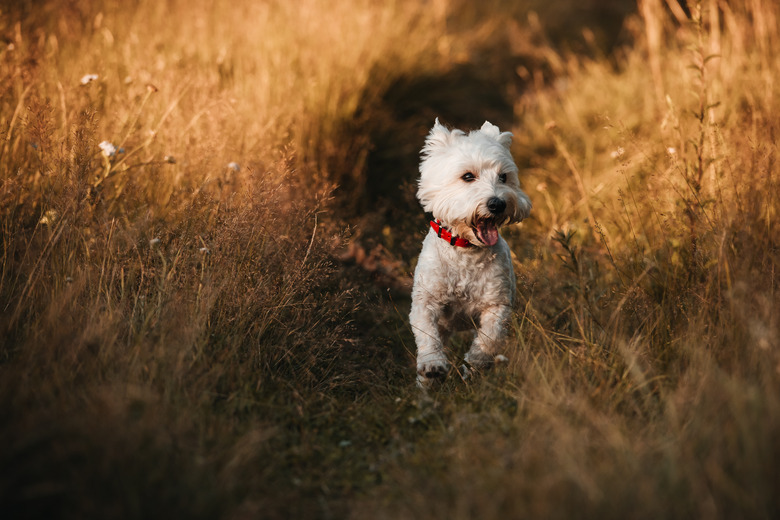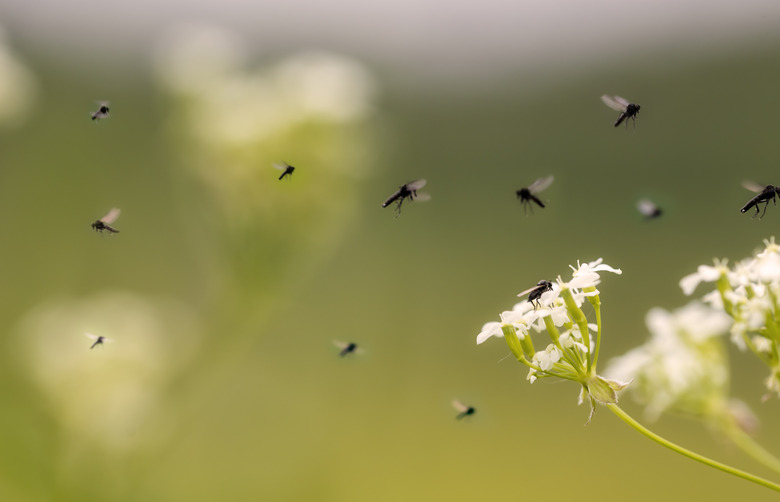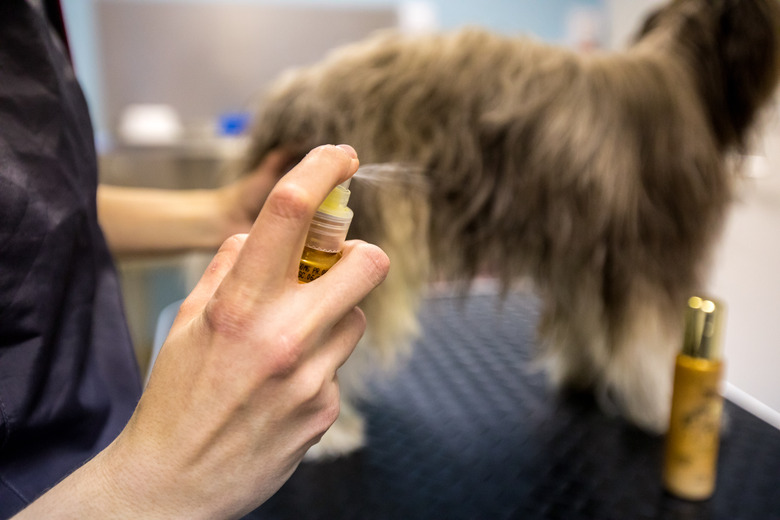Natural Gnat Repellent For Dogs
The best way to get rid of gnats around your dog and yard is to find what is causing the gnats to gather. Remove that source and use a natural gnat repellent for dogs to keep pets safe from infection, allergic reaction, and skin irritation.
Types of gnats that are harmful to dogs
Types of gnats that are harmful to dogs
Gnats are a family of small, winged insects. They include insect species like fruit flies, black flies, midges, and sewer flies. Some gnats, like midges, sand flies, and black flies, bite and draw blood to feed on. These are the bugs you want to be leery of due to gnat diseases and secondary infections from the bite.
Other nonbiting gnats can be a nuisance to your dog, causing irritation as they try to get moisture from their eyes, nose, or ears. One or two gnats flying around your dog isn't a major concern, but a hoard of them is. If you witness gnats flying around your dog, it's time to figure out what's causing them to swarm and stop them.
Types of environments that attract gnats
Types of environments that attract gnats
It's important to know how to prevent gnats from appearing in and around your home, so first, you need to figure out where gnats enjoy living. Gnats are fond of warm, moist places. They use shallow bodies of water as breeding grounds and sources of food. So, if you have an old bucket of water, an active drainpipe, or overwatered potted plants, you may see a surplus of gnats.
Indoors, you might find some emerging from potted plants in your home during the warmer months of the year. They'll also reproduce in the drains of your shower and sinks.
Rotting plants and vegetables can bring in hordes of gnats, so check your vegetable garden, potted plants, and other plants in your yard for dead or rotting parts. Block your dog from your garden and compost pile. Dogs are prone to rolling in smelly things, so if they are covered in the smell of compost, gnats will naturally be enthralled.
Mold and fungi also attract gnats, so scour the yard for any mold or fungal growth, especially around the fascia boards, siding, and any other outdoor wood on or around your house, shed, or other outbuildings. Also, rake old mulch to allow moldy areas to dry out.
How to deter gnats on dogs
How to deter gnats on dogs
Bright lights will also lure the gnats, which is why you may see more gnats flying around at night. Replace your bright white lights with a sodium light bulb to see if this helps reduce the gnats.
Like mosquitoes, carbon dioxide draws gnats, and dogs naturally produce this gas. This isn't anything that you can help or change, but you can deter the pests with a gnat spray for dogs made from natural ingredients, such as vinegar and water. When you're outside, light a candle; the fire will become another source of carbon dioxide to distract gnats from your dog.
How to make a gnat repellent spray for dogs
How to make a gnat repellent spray for dogs
Using essential oils that are natural repellents can help dissuade pests from entering your pet's living area. Add a few drops with water in a spray bottle and spritz door posts or other areas with which your dog does not come in direct contact.
Some essential oils that repel flying insects include:
- Castor
- Cedarwood
- Cinnamon
- Citronella
- Clove
- Geranium
- Lavender
- Lemon eucalyptus
- Lemongrass
- Peppermint
- Rosemary
Put the essential oil on a cotton ball out of your pet's reach. Do not apply essential oils to your pet directly, as they are toxic to dogs and cats. Even a small amount of essential oil on your dog's skin can make them very sick.
If you are using essential oils around your pet, call your veterinarian immediately if your animal starts to exhibits any of these signs:
- Weakness, lethargy, or uncoordinated walking
- Difficulty breathing
- Drooling
- Pawing at eyes or mouth
- Muscle tremors
- Vomiting
- Redness of the mucous membranes


